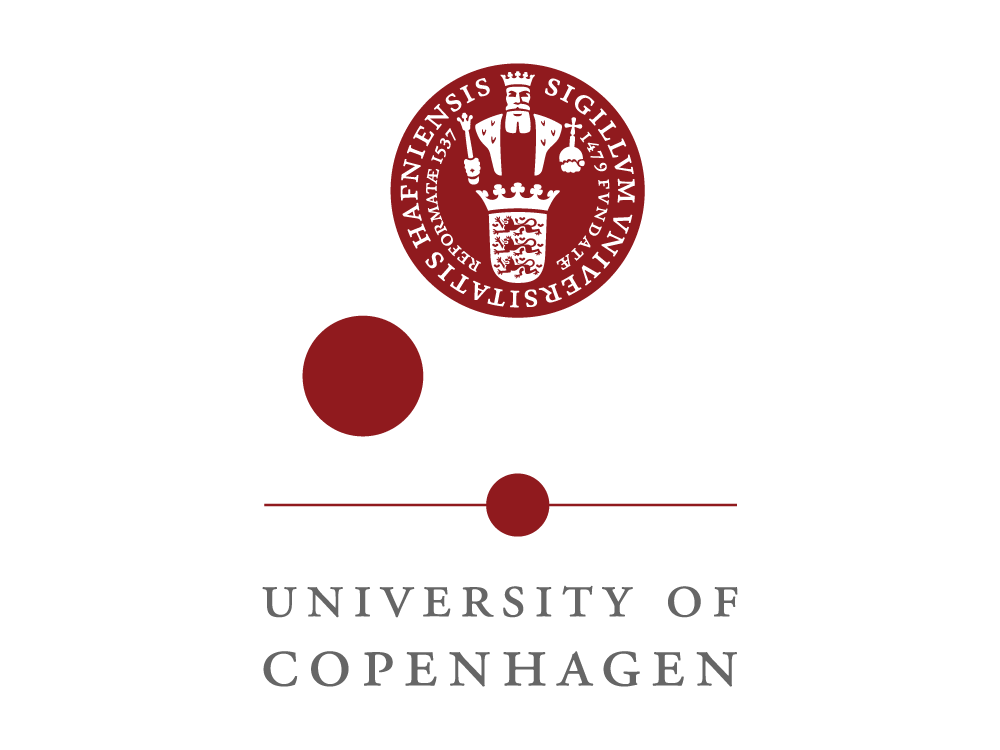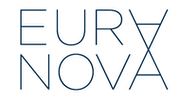Diversity & Inclusion Guidelines
ACM DEBS 2022 is participating in the database D&I initiative. Our goal is to all work together to avoid exclusionary examples, create inclusive content, and raise representational diversity in our creative content. The following are tips adopted from ACM SIGMOD 2021.
Inclusion and Diversity in Writing
As a large scientific and technical community that directly impacts many people from different backgrounds around the world, Diversity and Inclusion are crucial for the data management community. ACM explains these goals as follows. Diversity is achieved when the individuals around the table are drawn from various backgrounds and experiences. Diversity leads to a breadth of viewpoints, reasoning, and approaches (also referred to as "the who"). Inclusion is achieved when the environment is characterized by welcoming and embracing diversity ("the how"). Both are important in our writing and other forms of communication, such as posters and talks.
Inclusion
In computing, be mindful of not using language or examples that further the marginalization, stereotyping, or erasure of any group of people, especially historically marginalized and/or under-represented groups (URGs). Of course, exclusionary, or indifferent treatment can arise unintentionally. Be vigilant and actively guard against such issues in your writing. Reviewers will also be empowered to monitor and demand changes if such issues arise in your submissions. Here are some examples of such issues for your benefit:
Examples of exclusionary and other non-inclusive writing to consider avoiding:Diversity
Going further, please also consider actively raising the representation of URGs in your writing. Diversity of representation helps create an environment and community culture that could ultimately make our field more welcoming and attractive to people from URGs. This is a small but crucial step you can take towards celebrating and improving our community’s diversity.
Examples of infusing diversity into writing to consider adopting:Responsibility
Finally, if your work involves data-driven techniques that make decisions about people, please consider explicitly discussing whether it may lead to disparate impact on different groups, especially URGs. Consider examining the ethical and societal implications. For example, see this article discussing the potential for disparate impact of facial recognition in healthcare and strategies to avoid or reduce harm. This SIGMOD Blog article also gives a comprehensive overview of various dimensions and approaches for responsible data management ideas. We hope our community can help permeate this culture of responsibility and awareness about potentially harmful unintended negative consequences of our work within the larger computing landscape.
Acknowledgments and Further Reading
Important Dates
| Events | Dates (AoE) |
|---|---|
| Abstract Submission for Research Track | |
| Submission Dates | |
| Research Paper Submission | |
| Industry and Application Paper Submission | |
| Tutorial Proposal Submission | |
| Grand Challenge Solution Submission | |
| Doctoral Symposium Submission | |
| Poster and Demo Paper Submission | |
| Notification Dates | |
| Author Notification Research Track | |
| Author Notification Industry and Application Track | |
| Author Notification Tutorials | |
| Author Notification Grand Challenge | |
| Author Notification Doctoral Symposium | |
| Author Notification Poster & Demo | |
| Conference | |
| Camera Ready for All Tracks | |
| Conference | 27th June – 30th June 2022 |



